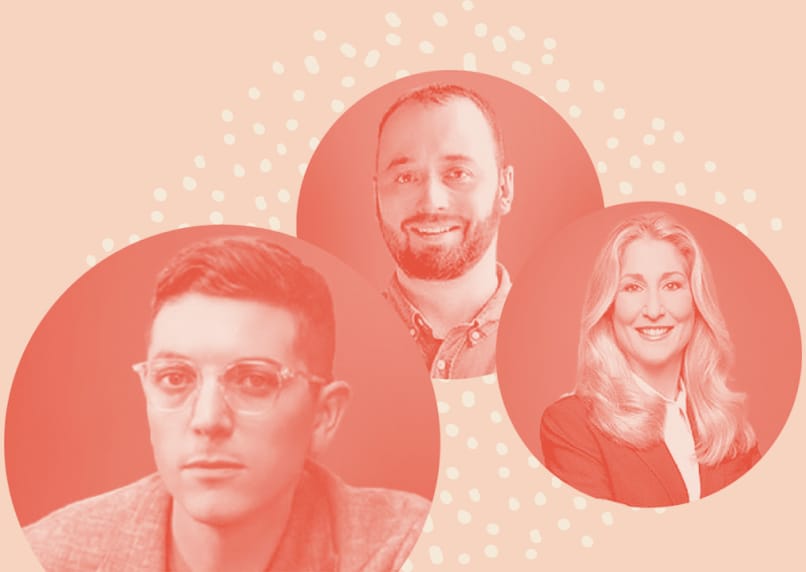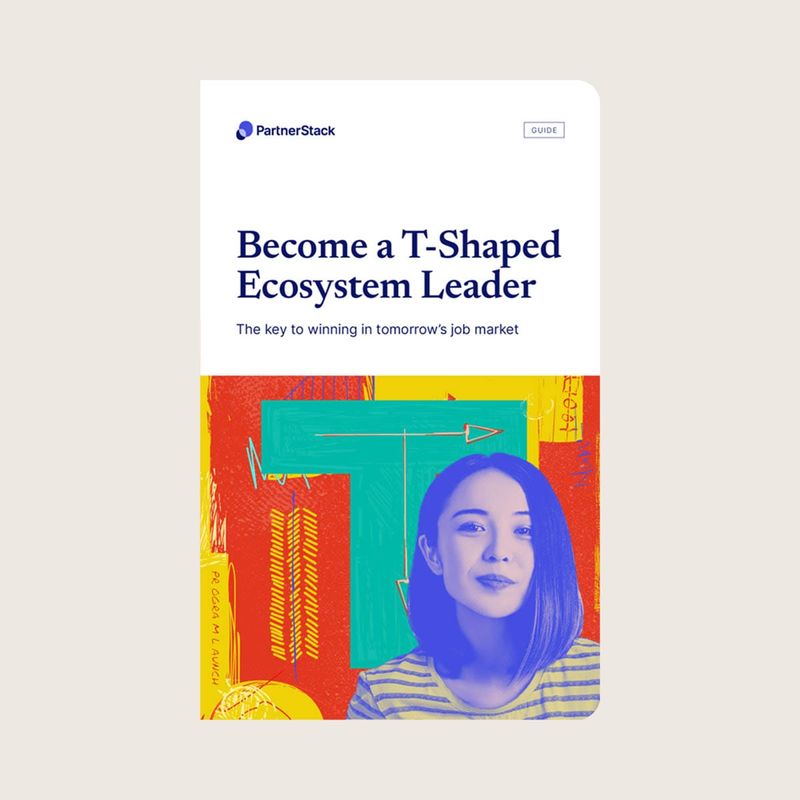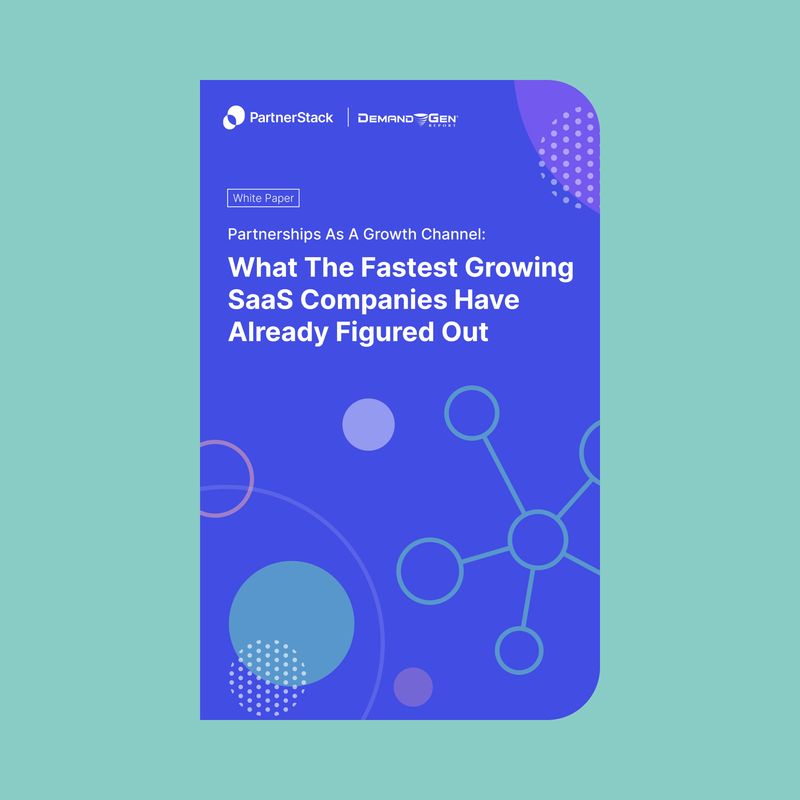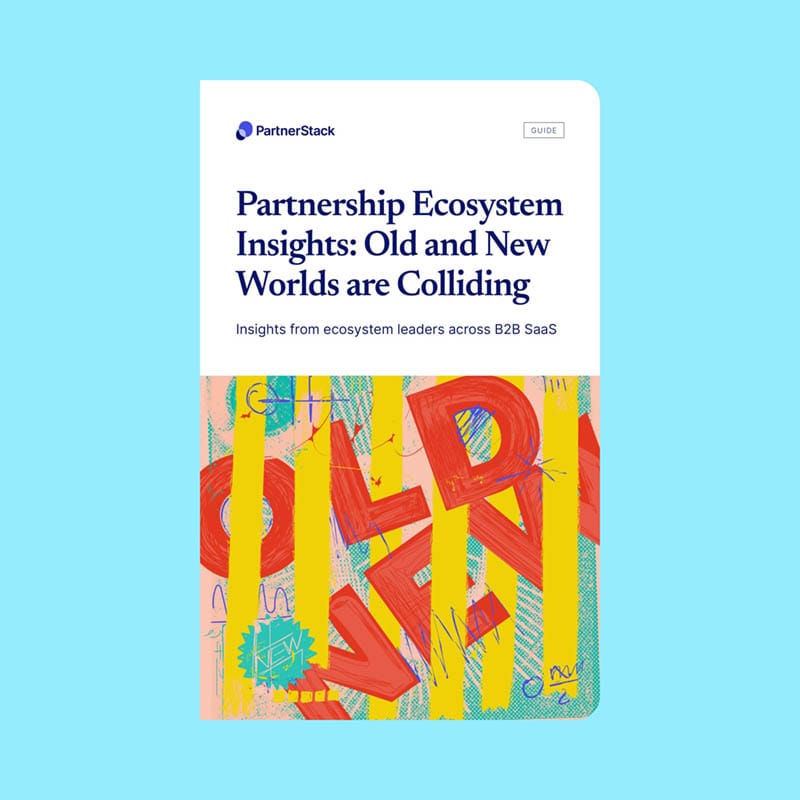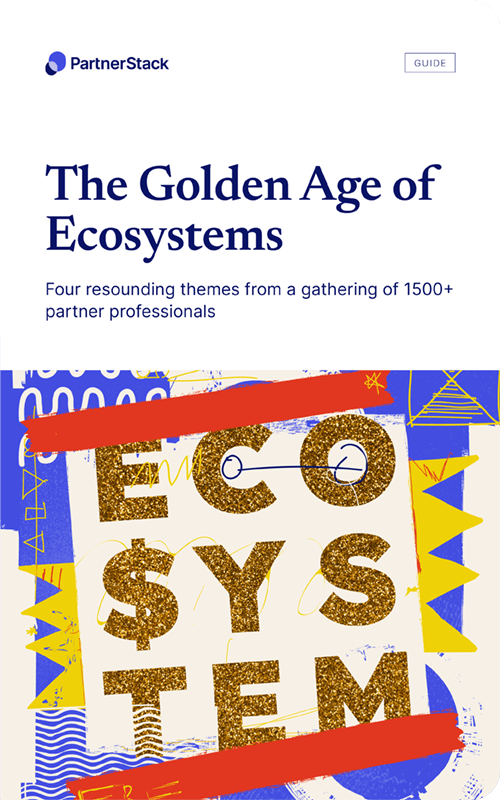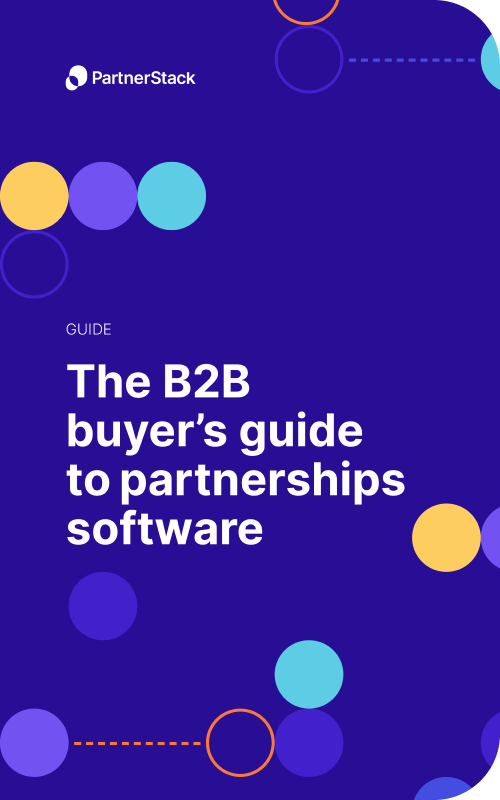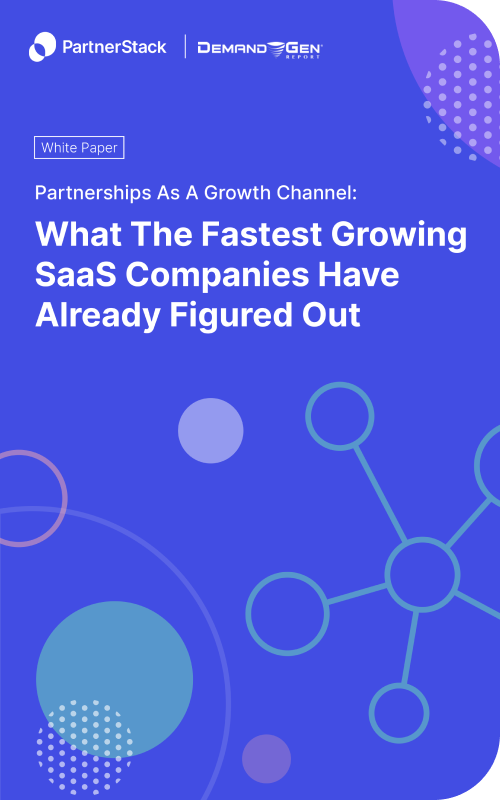Scott Brinker is calling it the “the golden age of ecosystems.” Jay McBain is calling it “the decade of partnerships.” However you want to refer to the current era of software selling, it’s clear that today’s customers are demanding tightly integrated technology and seamless ways of buying more than ever before. Unpacking this shift in how software is sold was the purpose of Ecosystem Week 2022, our inaugural event co-hosted with PartnerHacker.
We gathered a dozen of the brightest minds in the industry to share their visions of the future and give actionable advice to partner leaders navigating their own partnership strategies. More than 1500 partner marketers, channel sales professionals, and partnership leaders participated in four days of learning and networking — a groundbreaking first event of its kind in the partnerships space. In this article, we’re sharing the top four takeaways that emerged from the event that are sure to shape partner software sales for years to come.
Partnerships as partners to the entire SaaS organization
Tyrone Lingely, Head of Partnerships at Ally.io, recalls joking with coworkers in the early days of his career as a partner leader: “I'm the lone wolf over in partnerships. I've just been hired and people have no idea what I do.” However, he feels his gig has gotten better and better as more folks across SaaS organizations have woken up to the power of partnerships.
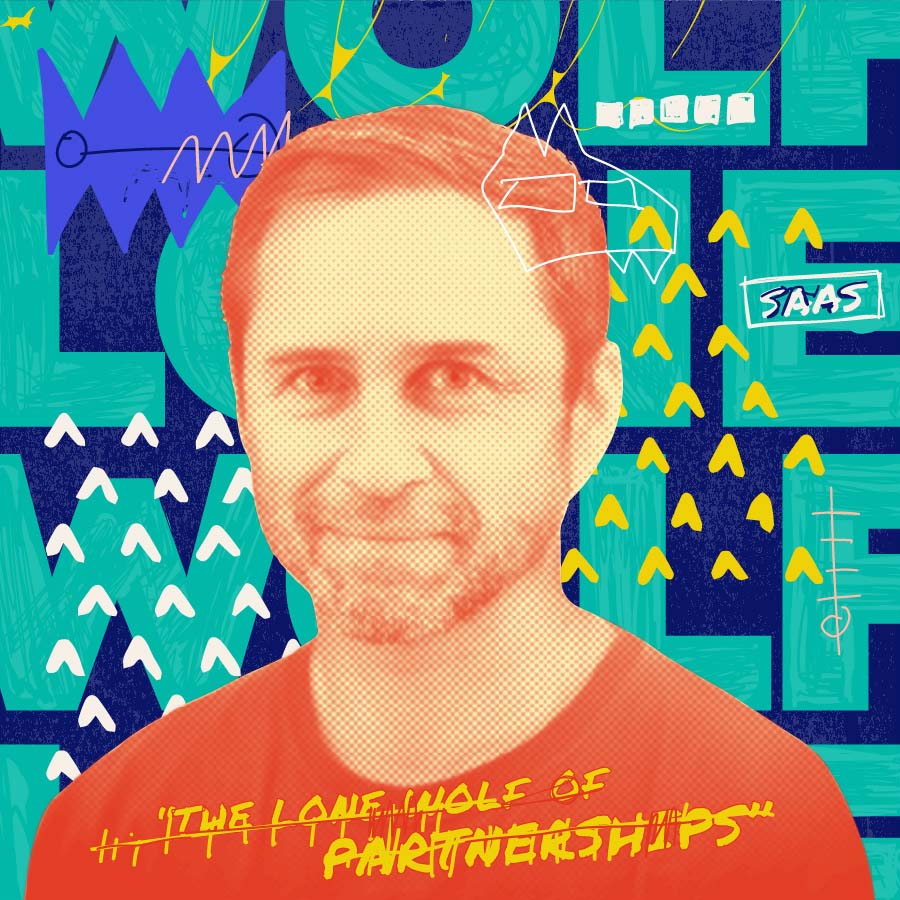
“With the advent of account-mapping tools, we’re getting access to this whole new data set that didn't exist before,” says Tyrone. “Suddenly, there are other teams all throughout SaaS organizations that are starting to perk up and say, ‘Oh that's interesting. That will be able to help us do X, Y, or Z.”
Specifically, Tyrone mentioned these use cases for the account-mapping technology and “this giant new layer of data that's that's being enabled,” often owned by the partner organization:
- Sales: Since there are already tools for sales teams that take advantage of account matching features, the opportunity to collaborate is obvious.
- Revenue operations: Given that partner-sourced revenue is often a major contributor to the bottom line (and an efficient one at that!), rev ops professionals are increasingly talking about partner operations to make the engine even more efficient.
- Product teams: Data coming from partner teams allows the product team to understand the value of current integrations, as well as identify and validate ideas for new integrations.
- Customer success: When the customer lifecycle is mapped out so clearly, it presents an enticing opportunity for CS teams to understand the key checkpoints in the customer journey where a partner can assist with adoption and expansion.

This proliferation of partner data throughout the entire organization is a theme echoed by Allan Adler, Managing Partner of Digital Bridge Partners, who presented three calls-to-action for partner leaders. One of these CTAs is “partner attach,” or the idea that partnerships should be embedded in processes throughout all departments of an organization. “Every part of the organization needs to live and breathe partnerships. Marketing. Product. Sales. Customer Success,” he says.
“Not only do partners need to be attached to each department’s activities, but they need to be attached to their strategies,” continues Allan. “Partnerships need to be attached to their KPIs, to their business processes, and the way they operate.”

What’s old is new — trust and caring are paramount in digital-first selling
Tiffani Bova is the Global Growth and Innovation Evangelist at Salesforce. She also spent a decade as an analyst at Gartner covering indirect sales channels and ecosystems, so you’d be hard-pressed to find a more knowledgeable source when it comes to growing and nurturing partner ecosystems. Her top strategy she implores partner leaders to cultivate? Trust. “Trust is by far the new currency,” she says.
When she hears industry influencers declare that trust is more important than ever in a digital-first selling environment, she bristles: “I'm like, ‘Well gosh, when was it ever not?’" Tiffani shared that she and fellow Ecosystem Week speaker Jill Rowley have joked for years: “If you suck offline in relationship-building and communication, it's going to be compounded online.” That’s why Tiffani believes trust is the #1 skill for partner leaders to cultivate and encourage their teams to develop.
Get free ecosystem advice
Unsurprisingly, Jill Rowley, who is currently GTM Advisor & Limited Partner at Stage 2 Capital, discussed similar themes in her talk. She shared the old adage: “People don’t care how much you know until they know how much you care.” PartnerHacker co-founder Jared Fuller chimed in to add, “As buyers, our bullshit meters are at an all-time high. We're sniffing out insincerity right away."
When asked how ecosystems and communities will transform go-to-market motions over the next decade, Jill has this to say: “Not more Google and Facebook ads. Not more truckloads of expensive sales people. Not more direct marketing dollar spend. And not more people making phone calls, sending emails and generic LinkedIn invites. Your customers and your community members will be the flywheel for your business. I've been saying for years, ‘It's not word of mouth. It's world of mouth.’ And to earn advocacy from your customers, you have to be the best advocate for your customers.”
Customers want a car, not just a muffler and a steering wheel
Scott Brinker is VP of Platform Ecosystem at Hubspot and originator of the infamous Martech 5000 maps. When he originally set out to create a chart of all of the marketing technology companies in 2011, he had 150 logos. When he repeated this annual exercise in 2022, he compiled a whopping 9,932 logos, which represented a 6000% increase over a decade. Scott broadly sees the industry moving away from myriad disjoined solutions and towards integrated ecosystems and platforms.
“Five to ten years ago, the big debate used to be “suites of tools” versus “best-of-breed” solutions. But when you think about it, neither one of those was a particularly great choice. What customers really want is the best of both worlds,” says Scott. “That’s why you see the industry moving towards platform ecosystems. They’re able to provide the best of both worlds.”
Scott also touched on the consolidation that many industry pros are noticing as martech giants frequently buy out smaller companies and integrate them into their suite of solutions. But Scott sees it differently. While there is some consolidation happening in the industry, there is also what he terms “aggregation.” Instead of larger companies absorbing smaller companies, larger companies are increasingly also facilitating partnerships with smaller companies. “When you look closer at many industry leading companies, they're actually helping to facilitate this incredible variety of solutions.”

Allan Adler put it beautifully when he said: “Our customers are dissatisfied with parts. It’s as if they want a car, and we’re giving them auto parts to assemble. If we have a B2B SaaS product, that is a part of what our customers need. By plugging into an ecosystem of related products, we can finally give them the complete end-to-end solutions they are demanding.”
Avanish Sahai, Mentor Capitalist at Exbourne Group (formerly of Google and Salesforce), saw firsthand the impact of prioritizing solutions interoperability. As Global Vice President, ISV and Channel Alliances atSalesforce, he spent five years building partner ecosystems initially for AppExchange, a critical piece of the company’s success. At a leadership offsite in 2009, Avanish heard Salesforce CEO Mark Benioff say, “We will never be a $10B company if we’re not a platform … And we won’t be a platform without an amazing partner ecosystem.” Today, as a $170B company, ecosystems have been a huge part of their success.
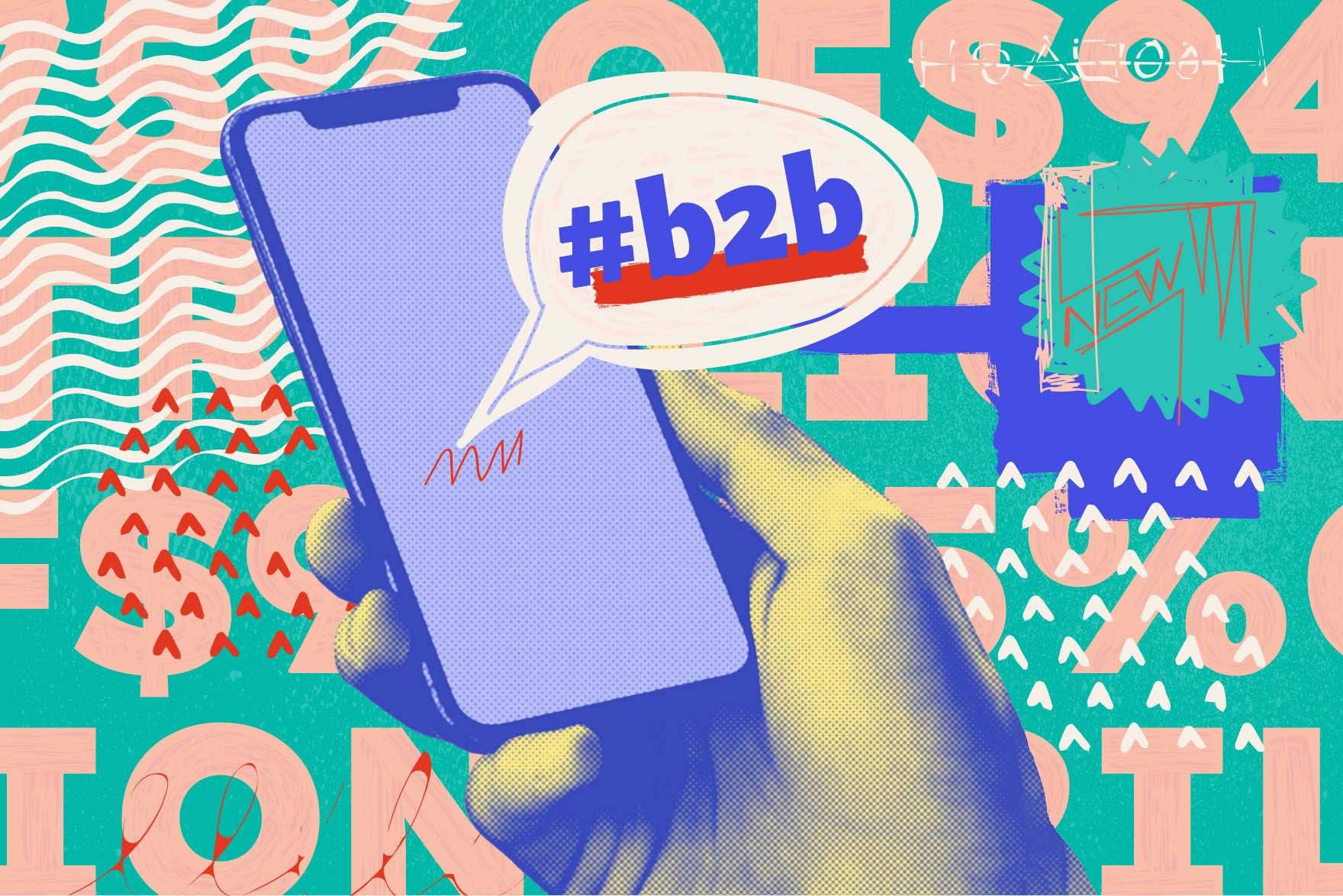
Subscription models + unprecedented access to information = empowered B2B buyers
Jay McBain, Chief Analyst at Canalys (formerly at Forrester & IBM), points out that 75% of the world’s $94 trillion flows indirectly. “You bought your gas car from a dealer. You bought your last TV from a retailer. You bought your last jar of peanut butter from a grocer,” he says.
The B2B arena is much the same. Today, the average customer in a considered purchase — think something pricey and complex like a car or a piece of software — will use seven partners in their buying journey. They will have an average of 28 touchpoints before speaking directly with the retailer (anything from a conversation with a friend to a Google search to perusing a flyer they received in the mail.)

“Think about the last time you bought a car. You probably went through close to 28 separate moments before you hit the dealership. You went on YouTube and watched a video. You read a magazine like Motor Trends, you saw TV commercials, you talked to a friend, you went on social media,” he says. “There are 62 car companies. There are 365 brands of cars. You're not going to 62 dealerships. You land at that dealership smarter than the salesperson.”
When buyers are empowered with this much information, it necessitates different tactics from sellers. Buyers aren’t coming to your sales team looking for general information. Instead, “you need to make relationships with these ‘moment owners’,” says Jay. By forming partnerships with the wide network of sources who your buyers are going to for information, you can seed your brand messages at the top of the funnel. Otherwise, by the time you have your buyers’ attention (if you even get the opportunity), it may be too late.
Executive buy-in for partnerships programs has come a long way. When Peter Caputa, CEO of Databox and former VP of Sales at HubSpot, first pitched a partner program at HubSpot, he got rejected. But he didn’t give up — he tried two more times. The year was 2008, and after his third pitch to the C-suite, he finally got permission (and a paltry budget) to launch V1 of what would become the HubSpot Partner Programs. The rest is history — the program became a massive success. When the company went public in 2014, the IPO prospectus specifically named the partner program as one of the three factors that underpinned the company’s success. Today, partnerships drive 40% of the $16B company’s revenue.
While it may have once seemed like a moonshot to launch a partner program, today’s selling landscape is very different. Today’s top technology companies have caught on that partner sales and marketing are here to stay. Based on the wisdom of a wide variety of speakers, Ecosystem Week’s message is clear: partner leaders who grasp these concepts are poised to be at the forefront of this new era of selling.
